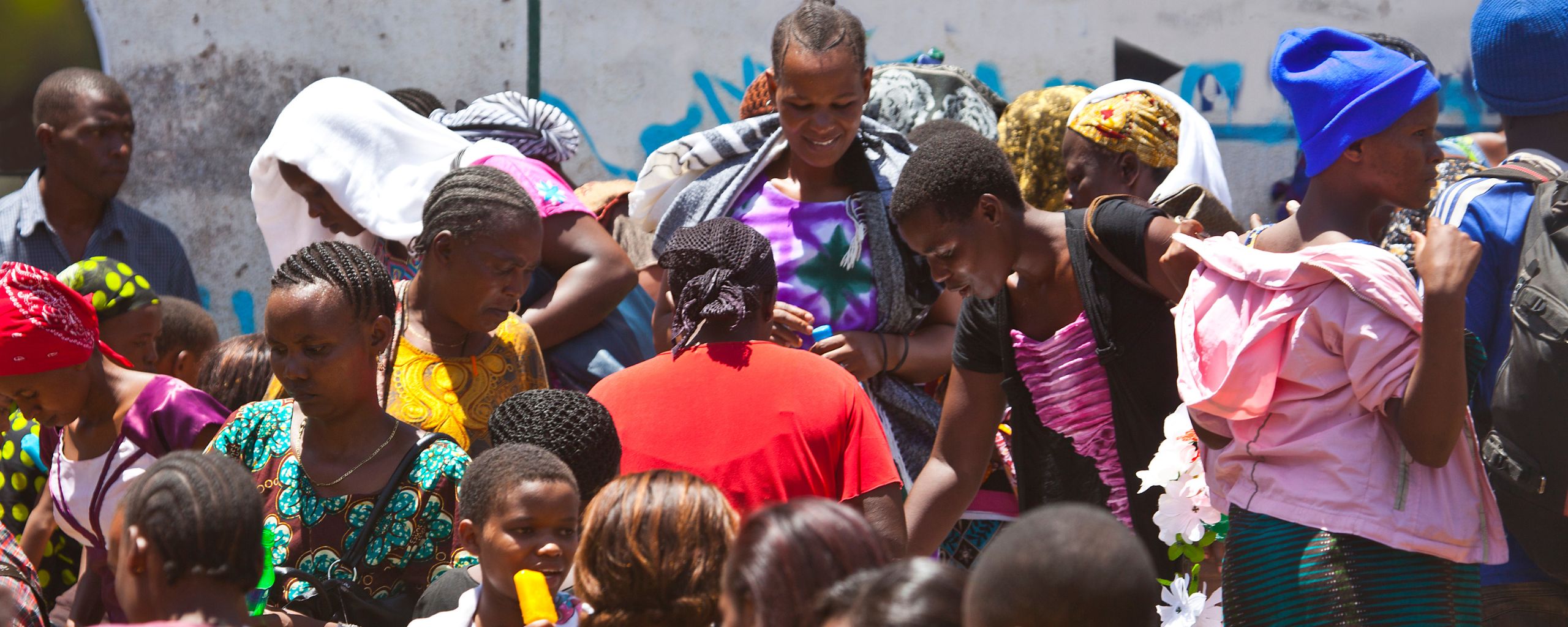Language are Spoken in Kenya
Kenya Is a multilingual country.The official languages of Kenya are English and Swahili.Kenya's various ethnic groups typically speak their mother tongue within their own communities.

The Arab ethnic minority speak languages belonging to the separate forensic family, with the Hindustani and British residents speaking languages from the Indo-European family.
Swahili is the most widely spoken language in Kenya, and is used in everyday communication, government, and education. English is the language of business and higher education.
There are a total of 68 languages spoken in Kenya. This variety is a reflection of the country's diverse population that includes most major ethno-racial and linguistic groups found in Africa.
Languages widely spoken in Kenya
Swahili
Kiswahili, also known as Swahili, is one of the official languages of Kenya. It holds a significant position in the country as the national language and is widely spoken and understood by a large portion of the population.
Kiswahili has a long history in East Africa and has evolved as a lingua franca for communication among people of diverse ethnic backgrounds. It serves as a language of unity, facilitating interethnic communication and national integration.
It is the medium of instruction in lower primary schools. Kiswahili is used in government proceedings, official documents, and public announcements. It is also the language of the media, including radio, television, newspapers, and online platforms.
Kiswahili plays a vital role in cultural expression, literature, and music in Kenya. It has a rich body of literature, with many novels, plays, and poems written in Kiswahili. Kenyan musicians often use Kiswahili in their songs, making it a vibrant part of the country's music industry.
English
English is another official language in Kenya, alongside Kiswahili. English has a prominent role in various sectors of Kenyan society, including government, education, business, and the legal system.
In the education system, English serves as the primary language of instruction in secondary schools and universities. Proficiency in English is essential for higher education and accessing opportunities in the job market.
English is widely used in the legal system and is the language of the Kenyan judiciary. Court proceedings and legal documents are conducted in English.
In the business and professional spheres, English is the language of commerce and international communication. Many companies and organisations in Kenya conduct their operations in English, especially those with global connections.
English-language media, such as newspapers, magazines, radio, and television, are prevalent in Kenya. English-language programming is widely accessible.
English proficiency varies across the population, with higher levels of fluency among urban residents and those who have received formal education.
Languages spoken locally belong to three broad language families

Bantus
The Bantu ethnic groups in Kenya are a significant part of the country's population and cultural fabric. Bantu people are spread across various regions of Kenya and have diverse languages, traditions, and histories.
Here are some of the prominent Bantu ethnic groups in Kenya:
- Kikuyu: The Kikuyu people are the largest ethnic group in Kenya, primarily residing in the central region. They have a rich cultural heritage and are known for their agricultural practices.
- Luhya: The Luhya ethnic group is the second-largest in Kenya, mainly found in the western part of the country. The Luhya are composed of several subgroups, including the Bukusu, Maragoli, Idakho, and others.
- Kamba: The Kamba people inhabit the eastern region of Kenya, particularly in Kitui, Machakos, and Makueni counties. They are known for their skilled craftsmanship and are predominantly involved in agriculture.
- Kisii: The Kisii, or Gusii, people are located in the southwestern part of Kenya, mainly in Kisii County. They have a distinct language and cultural traditions.
- Meru: The Meru community resides in the eastern part of Kenya, primarily in Meru County. They are known for their agriculture, entrepreneurship, and cultural practices.
- Embu: The Embu people are found in the central region of Kenya, primarily in Embu County. They have a distinct language and cultural heritage.
- Taita: The Taita people inhabit the Taita-Taveta County in southeastern Kenya. They have a unique culture and are known for their terraced agriculture and traditional rituals.
These are just a few examples of the Bantu ethnic groups in Kenya. Each group has its own language, customs, and social structures, contributing to the cultural diversity of the country. It's important to note that Kenya is home to numerous other Bantu subgroups and smaller indigenous communities, each with its own distinct identity and contributions to the country's heritage.
Nilotes
Nilotes are another significant ethnic group in Kenya, known for their unique cultural heritage and languages. They primarily inhabit the western and southwestern regions of Kenya, as well as parts of the Rift Valley.
Here are some of the prominent Nilotic ethnic groups in Kenya:
- Luo: The Luo community is one of the largest Nilotic ethnic groups in Kenya. They reside mainly in the Nyanza region, particularly around Lake Victoria. The Luo people have a rich cultural heritage and are known for their traditional music, dance, and fishing practices.
- Kalenjin: The Kalenjin ethnic group is composed of various subgroups, including the Kipsigis, Nandi, Tugen, Pokot, and others. They primarily inhabit the Rift Valley region. The Kalenjin are known for their athleticism, and many renowned Kenyan athletes hail from this community.
- Maasai: The Maasai people are perhaps the most well-known Nilotic ethnic group in Kenya. They primarily reside in the southern part of the country, particularly in Narok and Kajiado counties. The Maasai are known for their distinctive culture, traditional pastoralist lifestyle, and colourful attire.
- Samburu: The Samburu people are closely related to the Maasai and reside in the northern part of Kenya, particularly in Samburu County. They have a similar pastoralist lifestyle and maintain their cultural traditions.
- Turkana: The Turkana community is located in the northwestern part of Kenya, primarily in Turkana County. They are known for their resilience in the arid and semi-arid region and are predominantly pastoralists.
These Nilotic ethnic groups have distinct languages, cultural practices, and social structures. They have contributed significantly to Kenya's cultural diversity, heritage, and history. Additionally, it's important to note that Kenya is home to numerous other smaller Nilotic communities, each with its own unique identity and contributions to the country.
Cushittes
In Kenya, the term "Cushites" refers to a group of ethnic communities who are part of the larger Cushitic language family. The Cushites are one of the major linguistic and ethnic groups found in East Africa, and they have a significant presence in Kenya, particularly in the northern and eastern regions of the country.
The Cushitic-speaking communities in Kenya include:
- Somali: The Somali community is one of the largest Cushitic ethnic groups in Kenya. They primarily reside in the northeastern part of the country, bordering Somalia.
- Borana: The Borana people are Cushitic pastoralists who inhabit the northern regions of Kenya, including Marsabit County.
- Rendille: The Rendille community is another Cushitic group living in the northern part of Kenya, mainly in Marsabit County.
- 4. Gabra: The Gabra people are Cushitic pastoralists who reside in northern Kenya, particularly in Marsabit County and parts of Isiolo County.
- Orma: The Orma people, also known as the Waata, are Cushitic-speaking pastoralists found in the Tana River County and parts of Lamu County.
Each community has its own distinct cultural practices, traditions, and languages within the Cushitic language family.